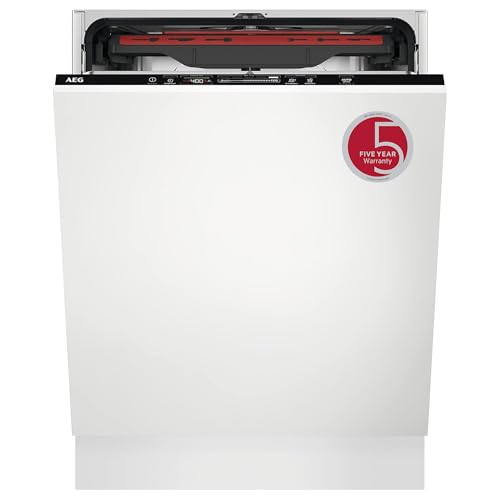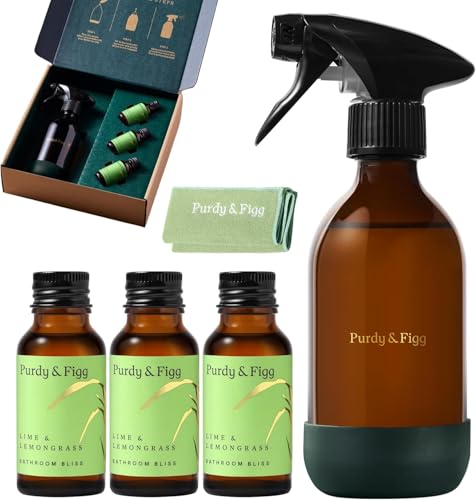
Acetone is a powerful and versatile solvent that is commonly used for cleaning various surfaces and materials. It is a colourless liquid that has a distinctive fruity odour and is highly flammable. Due to its excellent solvency properties, acetone is often the go-to choice for removing stubborn stains, adhesive residues, paint, and many other substances.
One of the main advantages of using acetone for cleaning is its ability to dissolve a wide range of substances, including grease, oils, and dirt. It is commonly used in automotive and DIY cleaning tasks, as well as in professional settings such as medical and laboratory environments.
When using acetone for cleaning, it is important to follow certain precautions to ensure safety and effectiveness. It is recommended to wear protective gloves and goggles to prevent skin and eye contact with the solvent. Adequate ventilation should also be maintained to avoid inhaling the fumes.
In this comprehensive guide, we will provide you with tips and techniques on how to effectively clean various surfaces using acetone. Whether you need to remove old paint from a piece of furniture, clean your metal tools, or get rid of stubborn stains on your countertops, this guide will provide you with all the information you need to achieve professional-level cleaning results.
The Power of Acetone: Your Ultimate Guide to Cleaning with Acetone
What is Acetone?
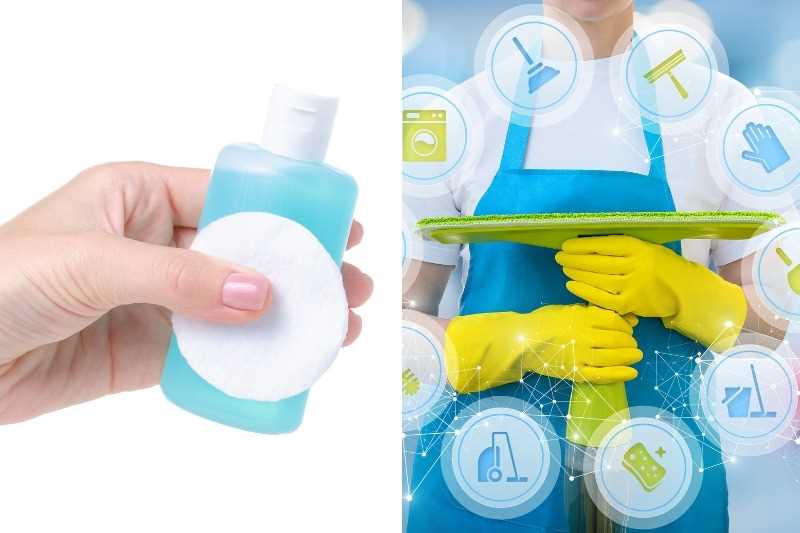
Acetone is a powerful and versatile solvent that is commonly used in various cleaning applications. It is a colorless liquid with a distinct smell and a high evaporation rate.
Uses of Acetone in Cleaning
Acetone can be used to clean a wide range of surfaces and objects due to its excellent solvency properties. Here are some common uses of acetone in cleaning:
- Removing Paint and Stains: Acetone is highly effective in removing paint, ink, markers, and other tough stains from surfaces. It can be used on metals, glass, ceramics, and plastics, among others.
- Cleaning Tools and Equipment: Acetone can be used to clean various tools and equipment. It can dissolve adhesives, grease, and resin, making it ideal for cleaning brushes, paint rollers, and other painting tools.
- Removing Nail Polish: Acetone is a common ingredient in nail polish removers due to its ability to quickly dissolve nail polish. It is also effective in removing nail glue and artificial nails.
- Cleaning Electronics: Acetone can be used to clean electronic components and circuit boards. It can remove flux residues, dirt, and other contaminants without damaging the sensitive electronics.
- Cleaning Glass and Mirrors: Acetone can be used to clean glass surfaces and mirrors, leaving them streak-free and shiny.
Precautions
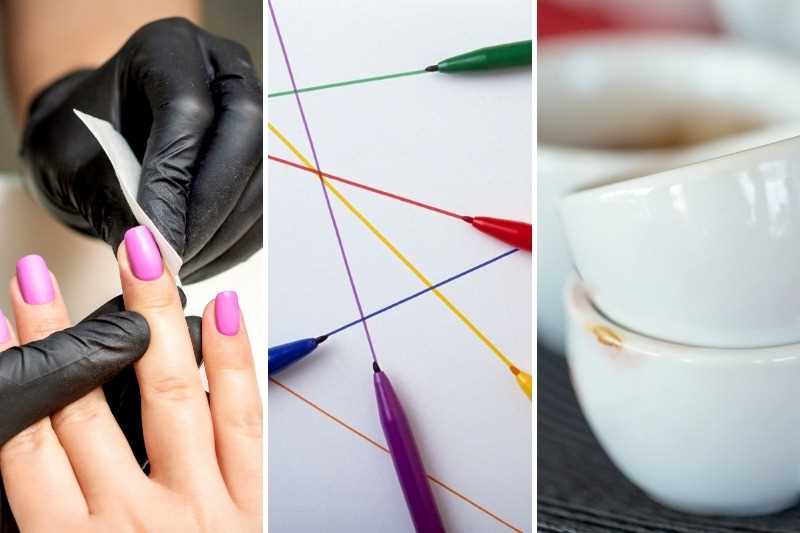
While acetone is a powerful solvent, it is important to take certain precautions when using it for cleaning:
- Ventilation: Acetone should be used in a well-ventilated area to avoid inhaling its vapors. If possible, work outdoors or in a properly ventilated room.
- Protective Gear: It is advisable to wear gloves, protective eyewear, and a respirator mask when handling acetone to protect your skin, eyes, and respiratory system.
- Flammability: Acetone is highly flammable, so it is important to keep it away from open flames, sparks, and heat sources. Store it in a cool, dry place.
- Compatibility: Before using acetone on any surface or object, it is recommended to test it on a small, inconspicuous area to ensure compatibility and avoid damage.
Tips for Cleaning with Acetone
Here are some tips to keep in mind when using acetone for cleaning:
- Use in Moderation: Acetone is a potent solvent, so a little goes a long way. Use it sparingly and only apply enough to get the job done.
- Work in Small Areas: When using acetone to remove stains or clean surfaces, work in small sections to maintain control and prevent excessive exposure.
- Apply Gently: When using acetone on delicate surfaces or objects, apply it gently using a soft cloth or cotton swab to avoid causing damage.
- Clean Up Residue: After using acetone, make sure to clean up any residue left behind with soap and water or an appropriate solvent to prevent further damage or staining.
Conclusion
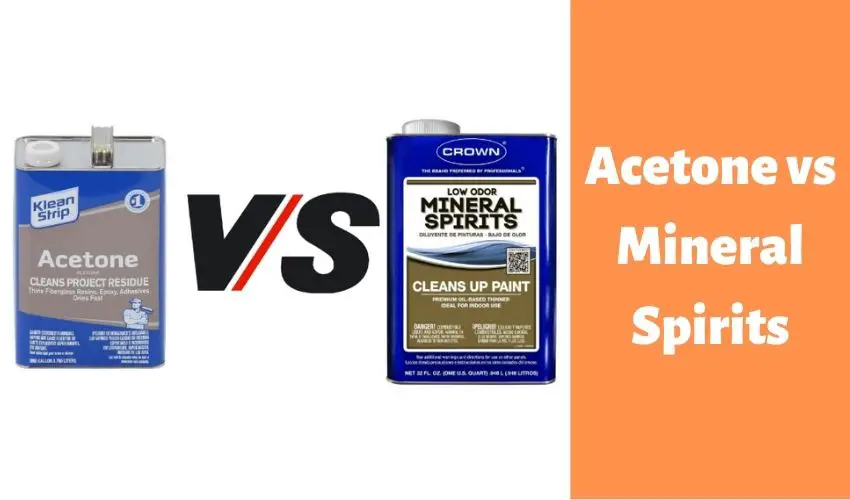
Acetone is a powerful cleaning agent that can effectively remove stains, paint, adhesives, and more. However, it is important to handle it with care and follow safety precautions to ensure your well-being and the protection of the surfaces or objects you are cleaning.
Acetone 101: Understanding the Basics
What is Acetone?
Acetone is a colorless, volatile liquid that is commonly used as a solvent. It is highly flammable and has a characteristic sweet smell. Acetone is a simple organic compound with the chemical formula (CH₃)₂CO.
Properties of Acetone
Acetone has several properties that make it useful in various applications:
- Solvent: Acetone is a powerful solvent that can dissolve many types of substances, including paints, oils, greases, and resins.
- Low boiling point: Acetone has a low boiling point of 56 degrees Celsius, which allows it to evaporate quickly.
- Miscibility: Acetone is miscible in water, meaning it can mix with water in all proportions.
- Low viscosity: Acetone has a low viscosity, making it flow easily.
Common Uses of Acetone
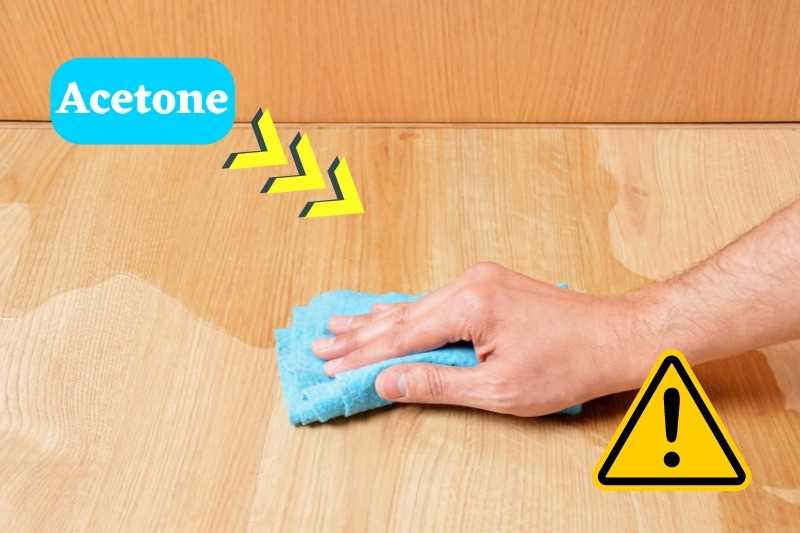
Acetone finds numerous applications due to its properties:
- As a solvent in various industries, including paint, chemical, and pharmaceutical industries.
- As a cleaning agent for removing residues, dirt, and oils from surfaces.
- In nail polish removers, where it effectively dissolves nail polish.
- As a component in some adhesives and sealants.
- In the production of plastics, fibers, and pharmaceuticals.
Safety Considerations
While acetone is a useful solvent, it is important to handle it with caution due to its flammable nature:
- Flammability: Acetone is highly flammable and should be kept away from open flames and sparks.
- Ventilation: It is essential to work in a well-ventilated area when using acetone to prevent inhalation of its vapors.
- Skin and eye protection: Acetone can cause skin and eye irritation, so it is advisable to wear gloves and safety goggles when handling it.
- Storage: Acetone should be stored in a cool, dry place away from heat and direct sunlight. It should also be kept in a tightly sealed container.
Conclusion
Acetone is a versatile solvent with various applications in industries and everyday life. Understanding its properties and handling it safely is essential for its effective and safe use.
Preparing for the Cleaning Process: Materials and Safety Precautions
Mandatory Materials
- Acetone: Ensure that you have a sufficient amount of acetone for the cleaning process. Acetone is a highly volatile and flammable substance, so it’s essential to handle it carefully.
- Gloves: Always wear gloves to protect your hands from the potential harmful effects of acetone. Choose gloves made of nitrile or neoprene, as they provide better resistance to acetone compared to latex gloves.
- Protective eyewear: Safety goggles or a face shield should be worn to shield your eyes from potential splashes or fumes during the cleaning process.
- Protective clothing: Consider wearing a long-sleeved shirt and long pants to protect your skin from direct contact with acetone.
- Ventilation: Ensure that the cleaning area is well-ventilated to prevent the buildup of acetone fumes. You can open windows or use fans to improve air circulation.
Additional Recommended Materials
- Cotton swabs or pads: These are useful for applying acetone to small or delicate areas during the cleaning process.
- Soft-bristle brush: A brush with soft bristles can be handy for scrubbing stubborn stains or dirt.
- Lint-free cloth: Use lint-free cloths or microfiber towels to wipe surfaces and ensure a streak-free finish.
- Disposable containers: Prepare small disposable containers to hold acetone and avoid contamination from other substances.
- Labels: Label the containers to clearly identify them and prevent accidental misuse.
- Fire extinguisher: Have a fire extinguisher readily accessible in case of any incidents involving flammable materials.
Safety Precautions
When working with acetone, it’s crucial to follow these safety precautions to protect yourself and others:
- Avoid open flames and sparks: Acetone is highly flammable, so keep it away from open flames, sparks, and heat sources.
- Work in a well-ventilated area: Acetone fumes can be harmful when inhaled. Make sure there is adequate ventilation in the cleaning area to prevent the build-up of fumes.
- Wear personal protective equipment: Always wear gloves, protective eyewear, and suitable clothing to minimize skin and eye exposure to acetone.
- Dispose of waste properly: Dispose of acetone-soaked materials in accordance with local regulations. Do not pour acetone down the drain.
- Store acetone safely: Keep acetone in a tightly sealed container away from direct sunlight, heat sources, and incompatible materials.
Note:
It’s important to read and follow the instructions provided on the acetone container and any other cleaning products you use. Follow proper safety guidelines to minimize risks and ensure a safe and effective cleaning process.
Effective Tips for Cleaning with Acetone
1. Use Proper Ventilation
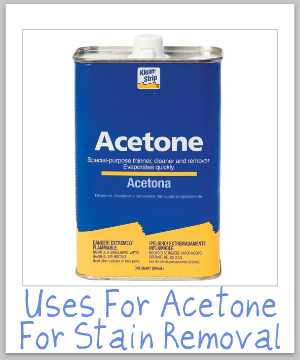
When cleaning with acetone, it is important to ensure that the area you are working in is well-ventilated. Acetone has strong fumes that can be harmful if inhaled in large amounts. Open windows or use fans to create a steady flow of fresh air. Additionally, wearing a respirator or mask can help protect you from inhaling the fumes.
2. Test on a Hidden Area
Before using acetone to clean a surface, it is a good idea to test it on a small, inconspicuous area first. This will allow you to see how the material reacts to acetone and ensure that it does not cause any damage or discoloration.
3. Use Gloves
When working with acetone, it is important to protect your hands by wearing gloves. Acetone can be harmful to the skin and may cause irritation or dryness. Choose gloves made from a resistant material such as nitrile or neoprene.
4. Use Acetone Sparingly
Acetone is a strong solvent and can quickly dissolve certain materials. It is important to use it sparingly to avoid damaging the surface you are cleaning. Start with a small amount and gradually increase if necessary.
5. Work in Small Areas
When cleaning with acetone, it is best to work in small areas at a time. This allows you to focus on cleaning one section thoroughly without spreading the solvent too thin. Use a cloth or cotton pad soaked in acetone to gently wipe the surface in a circular motion.
6. Use Acetone in a Well-lit Area
Working in a well-lit area will help you see the areas that need cleaning and ensure that you do not miss any spots. This is especially important when using acetone on surfaces that require precise cleaning, such as electronics or delicate objects.
7. Follow with Soap and Water
After using acetone to clean a surface, it is recommended to follow up with soap and water to remove any residue. This will help ensure that no traces of acetone are left behind, which could potentially cause damage in the long run.
8. Dispose of Acetone Properly
Acetone is considered a hazardous material and should be disposed of properly. Do not pour it down the drain or throw it in the regular trash. Check with your local waste management facility for the appropriate disposal methods in your area.
9. Store Acetone Safely
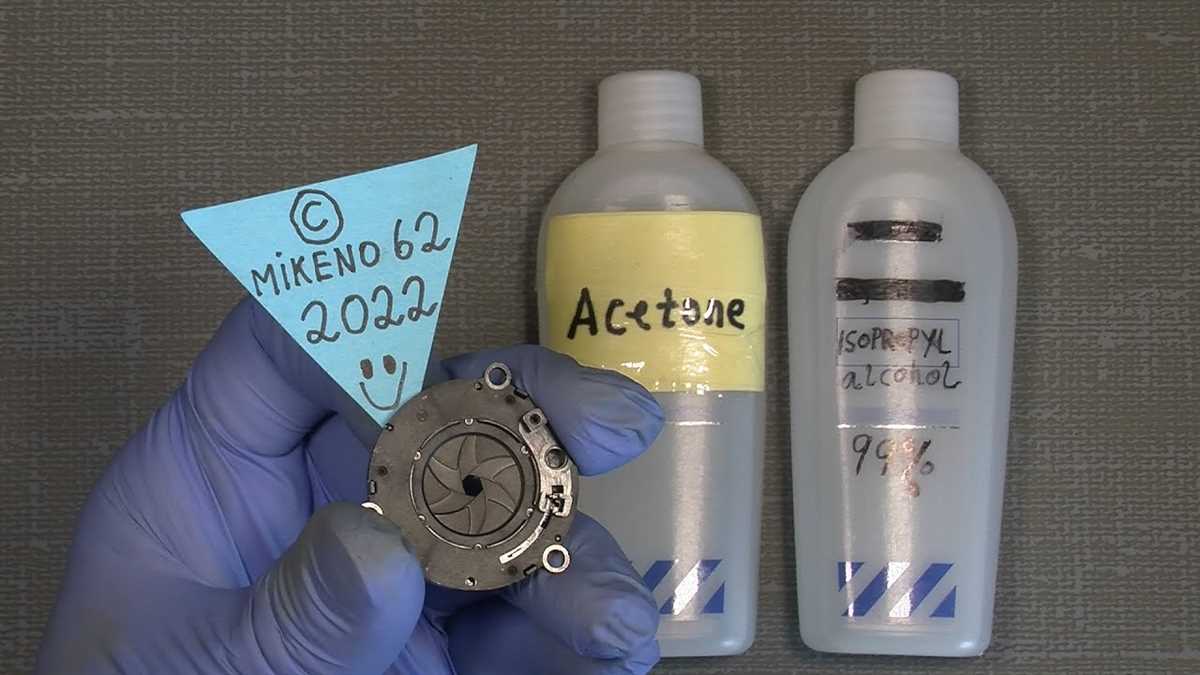
When not in use, store acetone in a cool, dry place away from direct sunlight and sources of ignition. Make sure the container is tightly sealed to prevent evaporation and keep it out of reach of children and pets.
10. Seek Professional Help if Needed
If you are unsure about how to clean a specific surface or if you encounter stubborn stains or residue, it is best to seek professional help. They will have the expertise and proper tools to safely and effectively clean the surface without causing any damage.
Troubleshooting: Common Challenges and How to Overcome Them
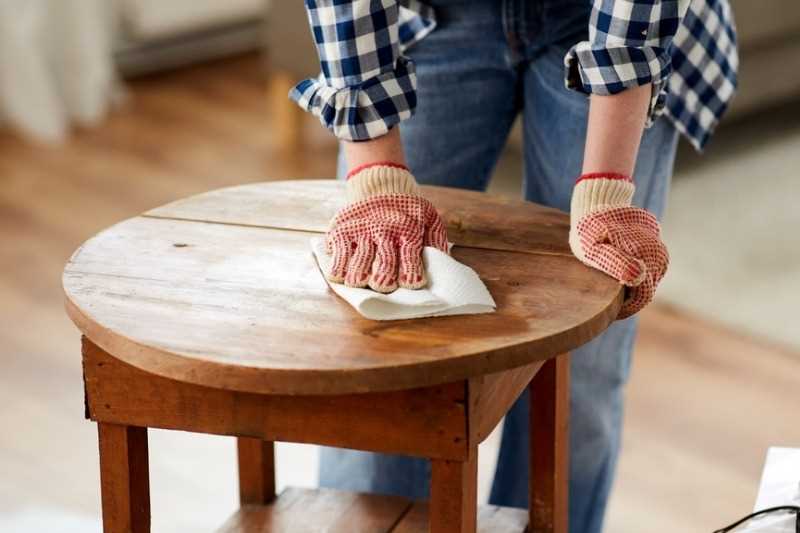
1. Acetone Evaporating Too Quickly
If you find that the acetone is evaporating too quickly, making it difficult to clean effectively, there are a few things you can try:
- Work in smaller sections: Instead of trying to clean a large area at once, focus on small sections that you can quickly clean before the acetone evaporates.
- Apply less acetone: Using a smaller amount of acetone at a time can help prevent it from evaporating too quickly.
- Seal the container: If you’re using acetone from a bottle, make sure to tightly seal the container when you’re not using it to minimize evaporation.
2. Acetone Damaging Surfaces
Acetone is a strong solvent and can damage certain surfaces, so it’s important to be careful when using it. Here’s how to prevent damage:
- Test on a small, inconspicuous area: Before using acetone on a surface, test it on a small, hidden spot to make sure it doesn’t cause any damage.
- Dilute if necessary: If you find that acetone is too harsh for a particular surface, you can try diluting it with water or another solvent to make it less damaging.
- Use a gentler alternative: If you’re concerned about damage, consider using a milder cleaning agent, such as rubbing alcohol or vinegar, instead of acetone.
3. Difficulty Removing Stubborn Stains
If you’re having trouble removing stubborn stains even with acetone, try these techniques:
- Soak a cloth in acetone: Instead of applying acetone directly to the stain, saturate a cloth with acetone and place it over the stain. Let it sit for a few minutes to allow the acetone to penetrate the stain before scrubbing.
- Scrub gently: Use a soft-bristle brush or sponge to scrub the stain gently. Applying too much pressure or using a harsh abrasive can cause damage to the surface.
- Repeat the process: Some stains may require multiple attempts to completely remove. If one application of acetone doesn’t do the trick, repeat the process until the stain is gone.
4. Dry Skin and Irritation
Acetone can be drying to the skin and may cause irritation. Here’s how to minimize these effects:
- Wear gloves: Always wear gloves when working with acetone to protect your skin. Choose gloves that are specifically designed for chemical resistance.
- Moisturize: After using acetone, apply a moisturizer to your skin to help replenish lost moisture and prevent dryness.
- Take breaks: If you’re working with acetone for an extended period, take regular breaks to allow your skin to recover.
Remember, acetone should be used in a well-ventilated area, and it’s important to follow all safety precautions listed on the product packaging. If you have any concerns or questions, consult a professional.
The Future of Cleaning with Acetone: Innovations and Sustainable Practices
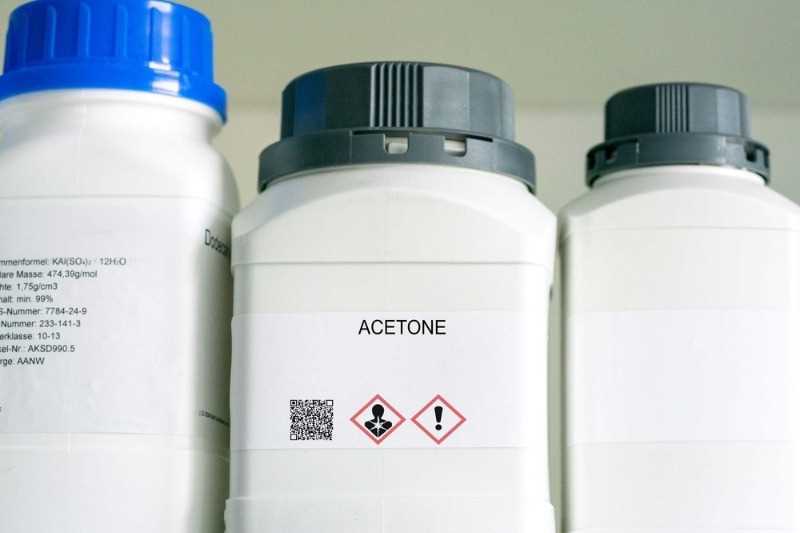
Innovations in Cleaning Solutions
With advancements in technology and research, the future of cleaning with acetone is set to see several innovative solutions. These innovations aim to improve cleaning efficiency, reduce waste, and minimize the environmental impact of acetone use.
One such innovation is the development of concentrated acetone solutions. These highly potent formulations allow for effective cleaning with lower quantities of acetone, reducing the amount of waste generated. Concentrated acetone solutions also require less packaging, further reducing their environmental footprint.
Another area of innovation is the use of alternative solvents. Researchers are actively exploring eco-friendly and sustainable solvents that can replace acetone without compromising cleaning performance. These alternative solvents may be derived from renewable sources or have lower toxicity levels, making them a more environmentally friendly choice.
Sustainable Practices in Cleaning
Besides innovations in cleaning solutions, the future of cleaning with acetone also involves adopting sustainable practices. These practices aim to minimize waste generation, reduce energy consumption, and promote responsible disposal of acetone and other cleaning materials.
1. Waste Minimization

One key practice is waste minimization, which involves efficiently using acetone and reducing the amount of waste generated. This can be achieved through proper training of cleaning personnel on the correct usage and application of acetone. Additionally, implementing recycling programs for acetone containers and encouraging refillable or reusable containers can significantly reduce waste.
2. Energy Efficiency
Energy efficiency plays a crucial role in sustainable cleaning practices. Using energy-efficient cleaning equipment and optimizing cleaning processes can help reduce energy consumption. For example, adopting automated cleaning systems that minimize the need for manual labor can result in significant energy savings.
3. Responsible Disposal
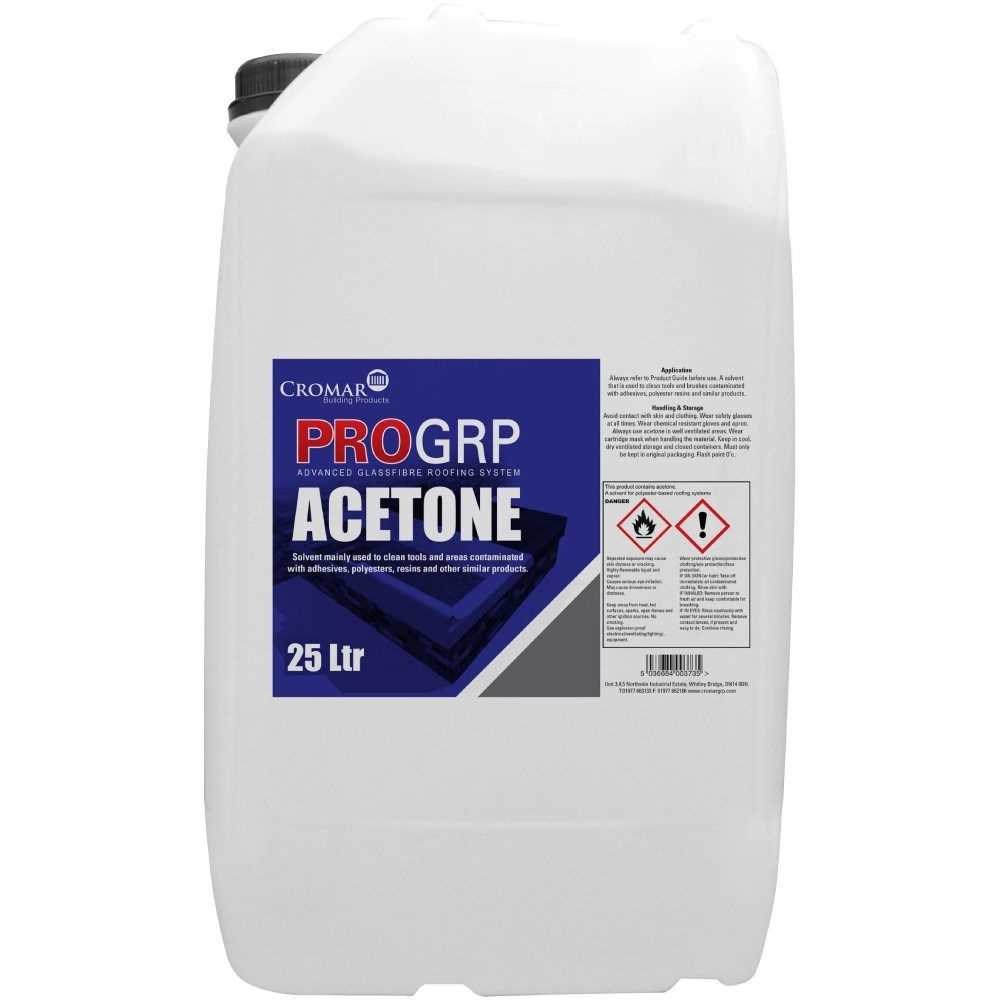
Proper disposal of acetone and cleaning waste is another essential aspect of sustainable cleaning practices. This includes following local regulations for hazardous waste disposal and utilizing designated recycling facilities whenever possible. Educating cleaning personnel on the importance of responsible disposal and providing them with clear guidelines can help ensure that acetone and other cleaning materials are disposed of safely and responsibly.
The Importance of Sustainability
As the world becomes more conscious of the environmental impact of various industries, it is crucial for the cleaning industry to embrace sustainable practices in acetone use. By adopting innovative solutions and sustainable practices, the future of cleaning with acetone can contribute to a cleaner and healthier environment for future generations.
FAQ
What is acetone and why is it used for cleaning?
Acetone is a solvent that is commonly used for cleaning because of its ability to dissolve a wide range of substances. It is highly effective in removing grease, oil, dirt, and adhesive residue from various surfaces.
Can acetone be used to clean electronics?
While acetone can be used to clean electronics, caution must be taken as it can damage certain materials found in electronic devices. It is best to consult the manufacturer’s recommendations before using acetone on electronics.
Is acetone safe to use on painted surfaces?
Acetone is a strong solvent that can damage or remove paint, so it is not recommended for use on painted surfaces. It is always best to test a small, inconspicuous area before using acetone on any painted surface.
What safety precautions should be taken when using acetone for cleaning?
When using acetone for cleaning, it is important to work in a well-ventilated area to avoid inhaling the fumes. It is also advisable to wear protective gloves and eyewear to prevent skin and eye irritation. Additionally, acetone is highly flammable, so it should be stored and used away from open flames or sparks.
Can acetone be used to remove nail polish?
Yes, acetone is commonly used as a nail polish remover due to its ability to dissolve the polish quickly and effectively. However, it is important to moisturize the nails after using acetone to prevent drying and damage.


